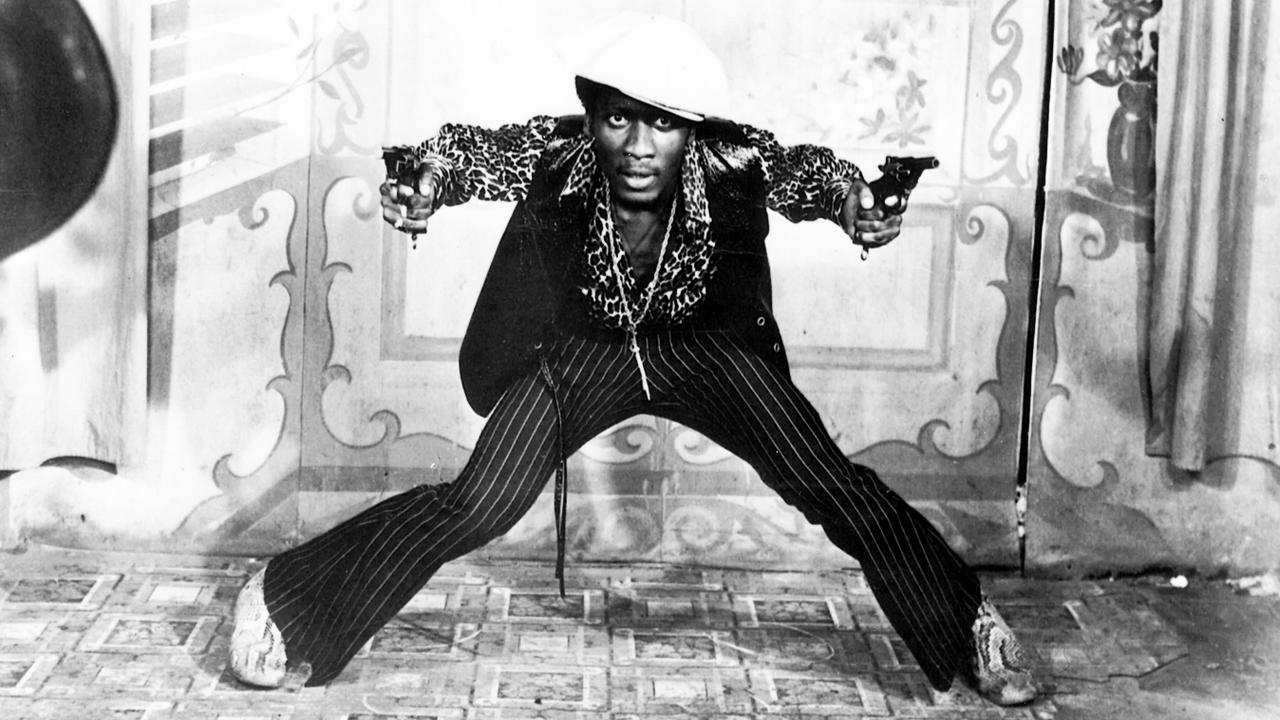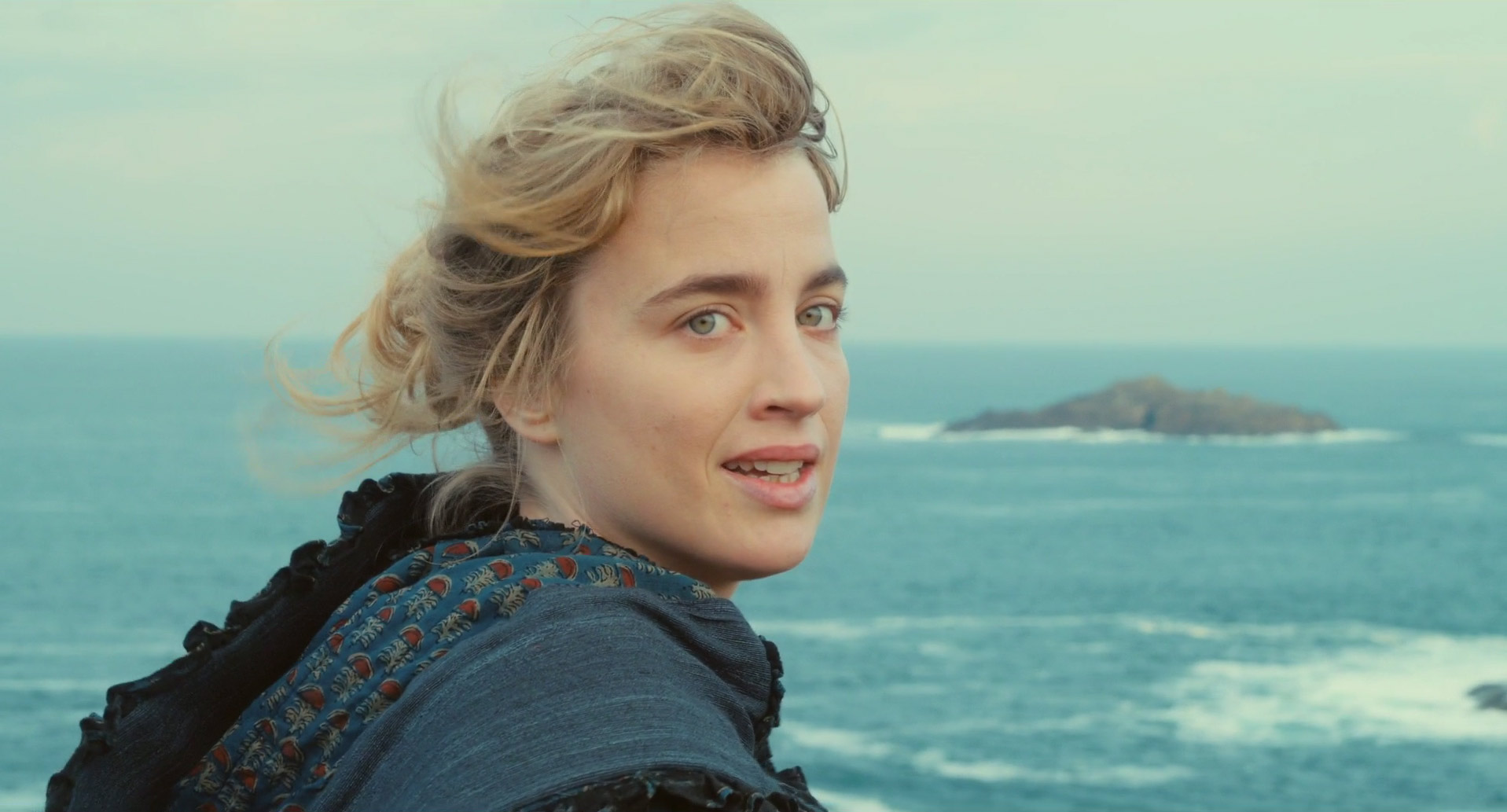nameless1
Registered User
- Apr 29, 2009
- 18,202
- 1,020
Wuxia is an uniquely Chinese genre. It has a very long history, as stories can be dated as far back as 300 B.C., with various Ronin and assassin-type characters, and it went through various ebbs and flows as time progressed. However, the modern form that most people are familiar with probably started in the 1950s.
In 1952, two martial artists from different schools had an argument, and they wanted to duke it out in Macau. While the fight basically fizzled out, as the host, a prominent elite whose son actually became the Chief Executive Officer of Macau after it was returned to China years later, did not want to see it descend into bloodshed, so he stopped and called it off at the first sign of blood, the newspapers saw the potential, and they decided to produce a Wuxia serialized column. That was basically the start of the modern era of Wuxia tales, because these first writers like Liang Yusheng and Louis Cha became wildly popular, and their works basically laid the foundation for all those who followed.
Funny enough, Liang, who is now known as the Father of the Modern wuxia genre, was very reluctant to do it, partially because he did not want to glorify violence, but the newspaper he worked at advertised his new Wuxia column, one he had not even written yet, so he was basically forced to do it. It was extremely popular, and in an effort to meet demands, the same paper hired Cha, who became even more popular and influential than Liang. Eventually, he even founded his own newspaper called Ming Pao, which is still one of the most well-known paper in the Chinese speaking community, especially here in North America, and while his last work was back in the 1972, all his stories are still made into television series to this day.
As for the genre itself, it is hard to describe. It is like a Western, because there are a lot of Man with No Name and Yojimbo characters, and they do go on a lot of journeys and quests, but there are also elements of fantasy, since they can basically fly, or heal serious injuries like a severed tendon, with Chi, or life force. In fact, in Hou Hsiao-hsien's The Assassin, the story that originally inspired it, written all the way back in the Tang dynasty, is likely where those fantasy elements originated, as far as I know. That is why a lot of people think Kung Fu Hustle is a superhero movie, but it really is just a slapstick Wuxia movie. I can understand why people think the genre is also like a musical, because there are a lot of choreographed movements, and the background music and sound effect is a big part of the atmosphere, but I think those fight sequences are more organic and natural than musicals, since I find a lot of the musical numbers are forced and rather awkward. Honestly, it is just its own thing, an action fantasy that is grounded in reality but still requires a certain degree of suspension of disbelief, and modern action movies by Jackie Chan, Sammo Hung, Jet Li, and the like, are all descended from it.
I will say, at this point, quite simply, if it is a historical martial arts movie, it is pretty much a Wuxia film. I would highly recommend Jet Li's Once Upon a Time in China series and Jackie Chan's Drunken Master series, in particular, because they are probably the best mix between Wuxia and martial arts genre. They feature more recent characters, since the real life counterpart died in 1925, as opposed to traditional Wuxia movies that are set in dynasties long ago, and their movements and fight scenes are a lot faster than traditional Wuxia fight sequences, which are slower and the movements are all more elaborate.
I am glad I clicked on this post, because I actually wanted to write a description for the Wuxia and Chinese zombie genre recently, since I had Dragon (2011) and Rigor Mortis (2013) on my queue. They are unique genres that are only in Chinese cinema, and I thought people might want to know more.
In 1952, two martial artists from different schools had an argument, and they wanted to duke it out in Macau. While the fight basically fizzled out, as the host, a prominent elite whose son actually became the Chief Executive Officer of Macau after it was returned to China years later, did not want to see it descend into bloodshed, so he stopped and called it off at the first sign of blood, the newspapers saw the potential, and they decided to produce a Wuxia serialized column. That was basically the start of the modern era of Wuxia tales, because these first writers like Liang Yusheng and Louis Cha became wildly popular, and their works basically laid the foundation for all those who followed.
Funny enough, Liang, who is now known as the Father of the Modern wuxia genre, was very reluctant to do it, partially because he did not want to glorify violence, but the newspaper he worked at advertised his new Wuxia column, one he had not even written yet, so he was basically forced to do it. It was extremely popular, and in an effort to meet demands, the same paper hired Cha, who became even more popular and influential than Liang. Eventually, he even founded his own newspaper called Ming Pao, which is still one of the most well-known paper in the Chinese speaking community, especially here in North America, and while his last work was back in the 1972, all his stories are still made into television series to this day.
As for the genre itself, it is hard to describe. It is like a Western, because there are a lot of Man with No Name and Yojimbo characters, and they do go on a lot of journeys and quests, but there are also elements of fantasy, since they can basically fly, or heal serious injuries like a severed tendon, with Chi, or life force. In fact, in Hou Hsiao-hsien's The Assassin, the story that originally inspired it, written all the way back in the Tang dynasty, is likely where those fantasy elements originated, as far as I know. That is why a lot of people think Kung Fu Hustle is a superhero movie, but it really is just a slapstick Wuxia movie. I can understand why people think the genre is also like a musical, because there are a lot of choreographed movements, and the background music and sound effect is a big part of the atmosphere, but I think those fight sequences are more organic and natural than musicals, since I find a lot of the musical numbers are forced and rather awkward. Honestly, it is just its own thing, an action fantasy that is grounded in reality but still requires a certain degree of suspension of disbelief, and modern action movies by Jackie Chan, Sammo Hung, Jet Li, and the like, are all descended from it.
I will say, at this point, quite simply, if it is a historical martial arts movie, it is pretty much a Wuxia film. I would highly recommend Jet Li's Once Upon a Time in China series and Jackie Chan's Drunken Master series, in particular, because they are probably the best mix between Wuxia and martial arts genre. They feature more recent characters, since the real life counterpart died in 1925, as opposed to traditional Wuxia movies that are set in dynasties long ago, and their movements and fight scenes are a lot faster than traditional Wuxia fight sequences, which are slower and the movements are all more elaborate.
I am glad I clicked on this post, because I actually wanted to write a description for the Wuxia and Chinese zombie genre recently, since I had Dragon (2011) and Rigor Mortis (2013) on my queue. They are unique genres that are only in Chinese cinema, and I thought people might want to know more.
Last edited:





.jpg?bwg=1552346136)